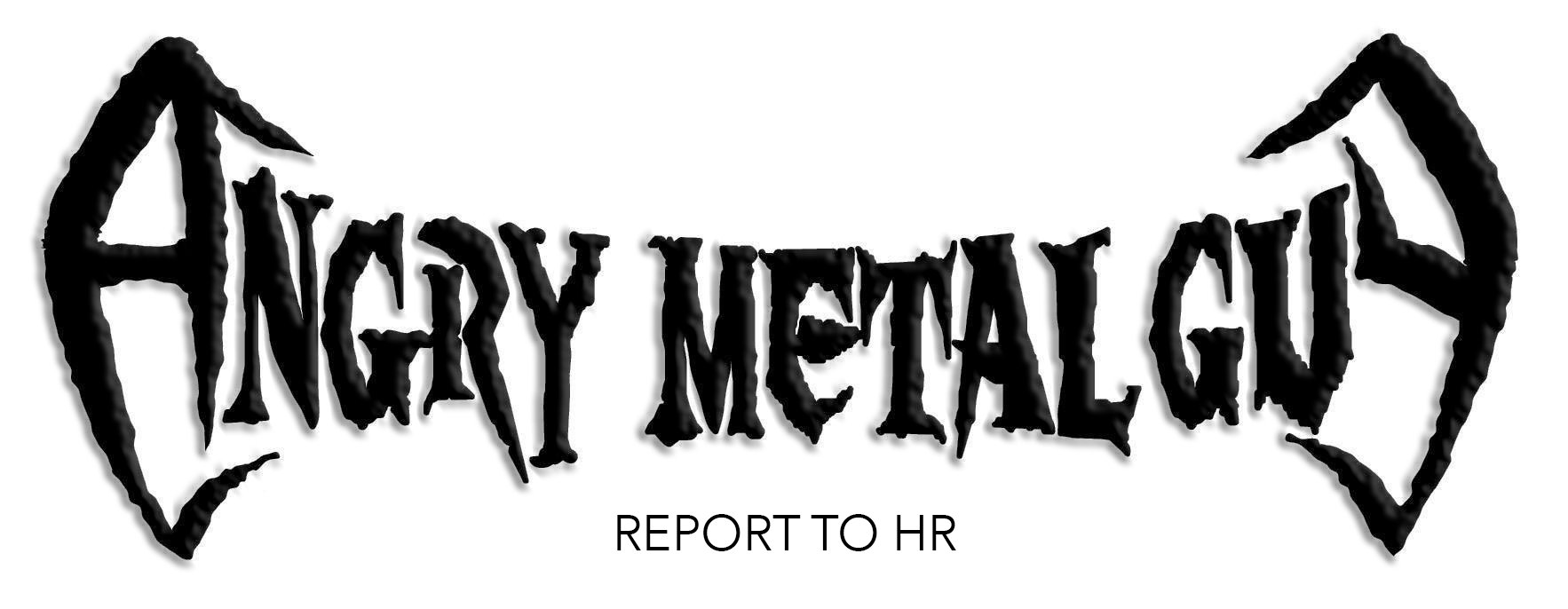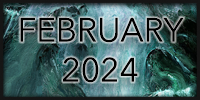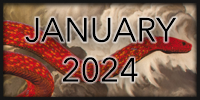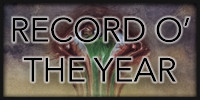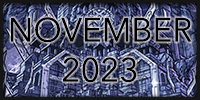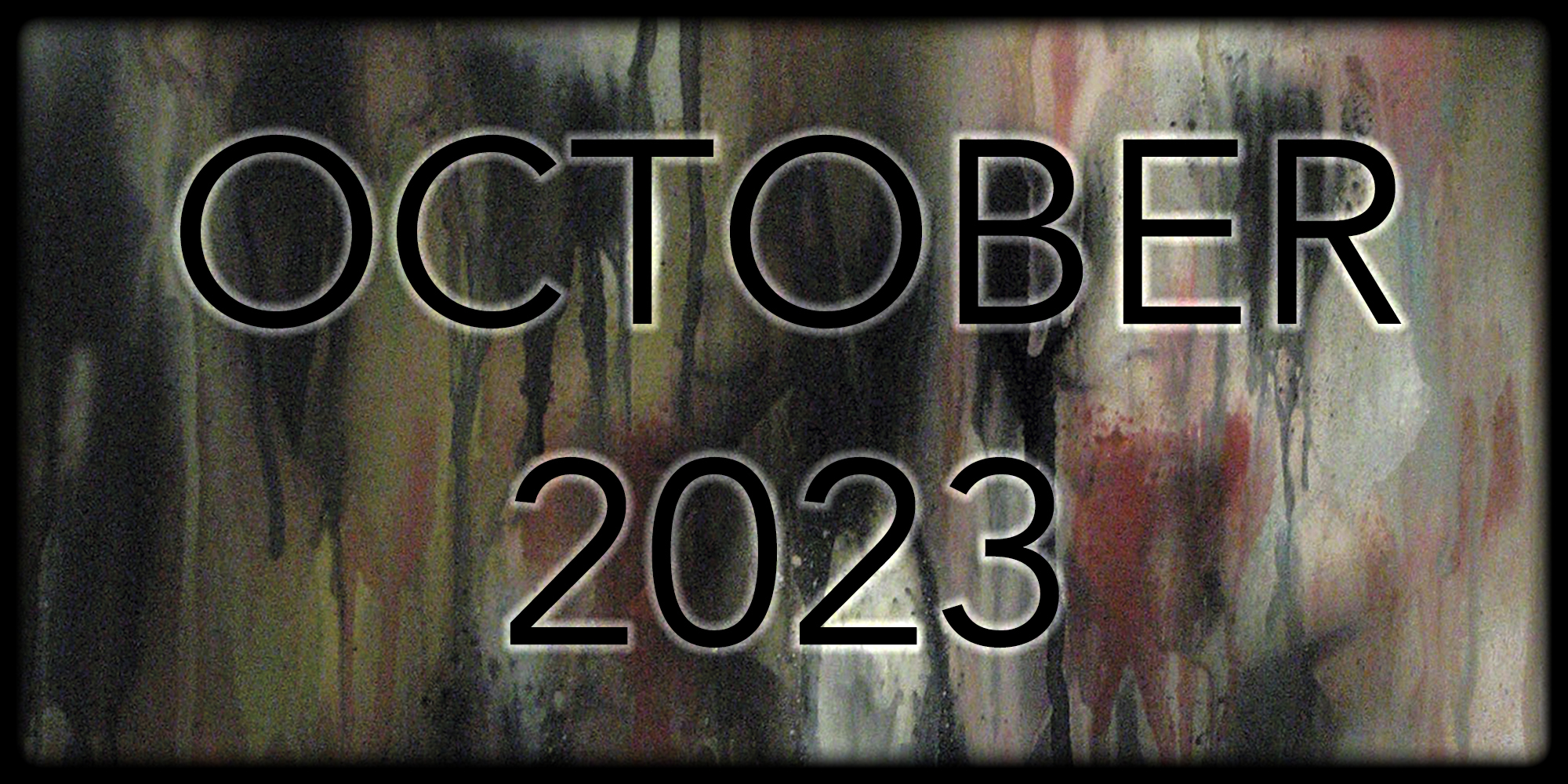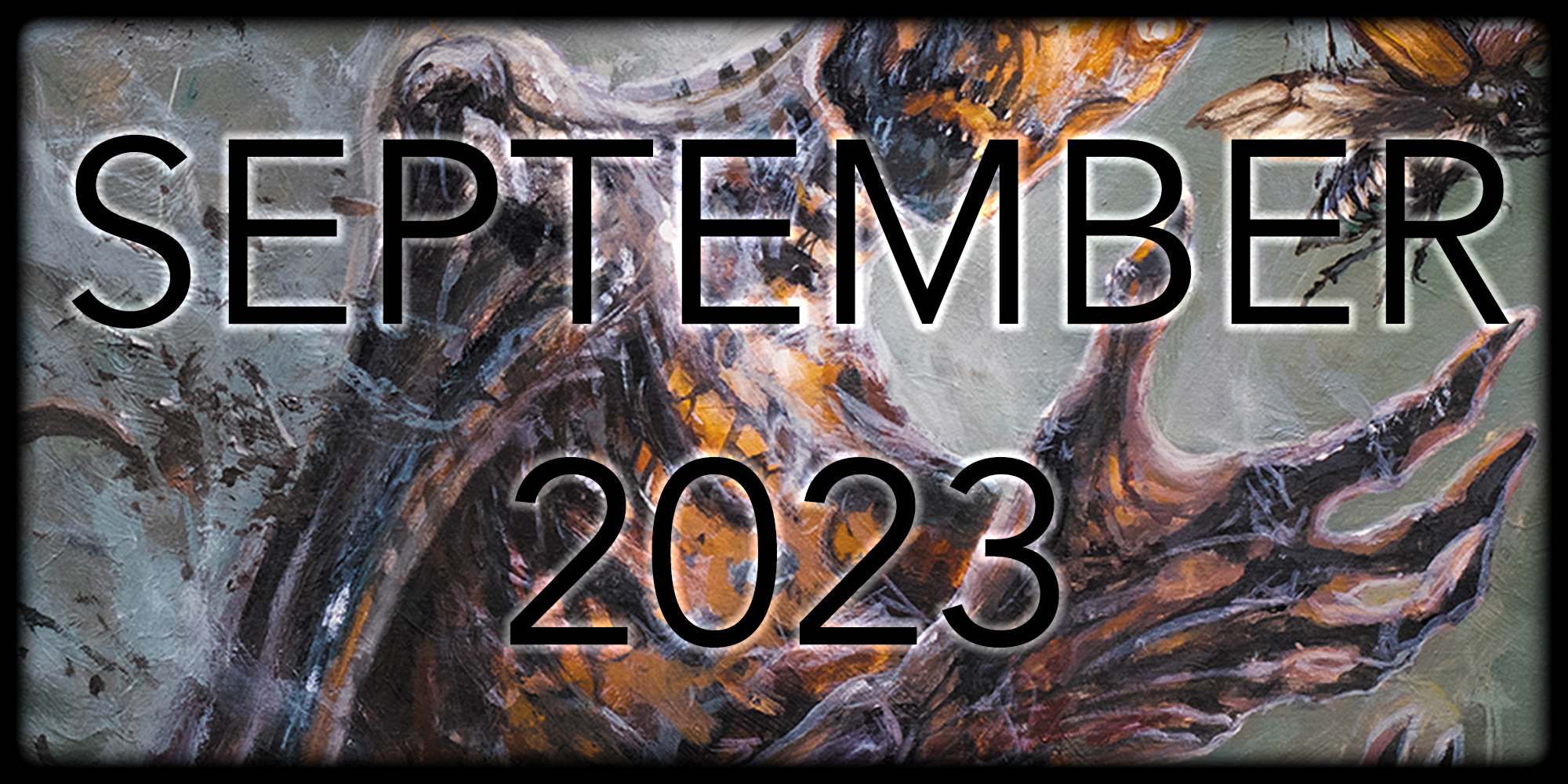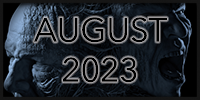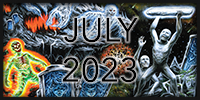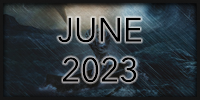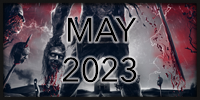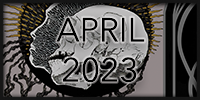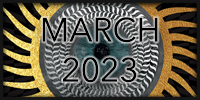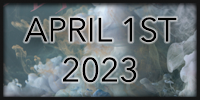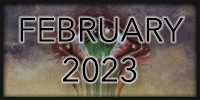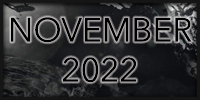Angry Metal-Fi is a series of articles that are cross posted on Angry Metal Guy and Metal-Fi as a collaborative effort to evangelize dynamics in metal.
Written By: Alex-Fi
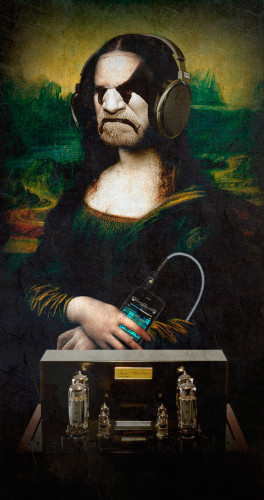 In the last Angry Metal-Fi segment, I talked about high-res audio in detail but purposely avoided the topic of DSD altogether. In today’s segment, we are going to tackle these three little letters in depth as well as show why in the end, it’s all much ado about nothing.
In the last Angry Metal-Fi segment, I talked about high-res audio in detail but purposely avoided the topic of DSD altogether. In today’s segment, we are going to tackle these three little letters in depth as well as show why in the end, it’s all much ado about nothing.
“DSD” stands for Direct Stream Digital, the trademark name used by Sony and Phillips to describe the bitstream (read: the 1’s and 0’s that represent your favorite Carcass record) stored on their Super Audio Compact Disc (SACD) format. If you don’t remember the SACD, I’m not surprised. It was originally introduced in 1999 as the “successor to the CD,” but didn’t really reach any kind of critical mass until the early 2000s when the major record labels started to press SACD titles you might actually want to buy. But its popularity was short lived, and by 2009, the format had been for the most part completely abandoned. But during its short lifespan, the SACD gained a cult-like following among some audiophiles, which is why in many respects, looking back, it may well have been the first widely adopted high-res format to have any kind of real market success.
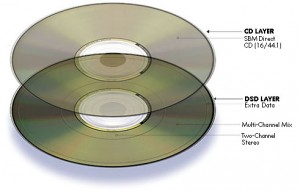 So what’s so special about DSD? Technically speaking, not a whole lot, and the technology behind it has been around for decades. But to understand DSD we need to first understand the bitstream format behind the venerable CD, formally known as Linear Pulse Code Modulation (PCM). Up until the introduction of DSD, the industry had standardized on PCM to represent all digital audio. The “Pulse” in PCM refers to the fact that this type of bitstream uses sampling, and the “Code” part means that each sample is represented by a multi-bit number. Combine the two definitions and you get the concept of a sampling rate. Most music today is recorded in the studio at a sampling rate of 24-bit/44.1kHz. That means 44,100 times a second (“Pulses”) a 24-bit sample (“Code”) is generated that represents the amplitude of the analog signal being captured. The net result is a PCM bitstream that is usually either further compressed into a lossless (FLAC) or lossy format (MP3) for download or dithered down (i.e. convert the 24-bit samples to 16-bit ones) to be pressed on to a CD. On playback, the original raw PCM bitstream is then recovered in software or in the CD case, reading the pits off of it with a laser [Fun fact: I used to use sharks with frickn’ lasers attached to their heads to play my CDs. – Dave]. These samples are in turn sent to your favorite DAC of choice where they are used to reconstruct the original analog waveform (read: Carcass!).
So what’s so special about DSD? Technically speaking, not a whole lot, and the technology behind it has been around for decades. But to understand DSD we need to first understand the bitstream format behind the venerable CD, formally known as Linear Pulse Code Modulation (PCM). Up until the introduction of DSD, the industry had standardized on PCM to represent all digital audio. The “Pulse” in PCM refers to the fact that this type of bitstream uses sampling, and the “Code” part means that each sample is represented by a multi-bit number. Combine the two definitions and you get the concept of a sampling rate. Most music today is recorded in the studio at a sampling rate of 24-bit/44.1kHz. That means 44,100 times a second (“Pulses”) a 24-bit sample (“Code”) is generated that represents the amplitude of the analog signal being captured. The net result is a PCM bitstream that is usually either further compressed into a lossless (FLAC) or lossy format (MP3) for download or dithered down (i.e. convert the 24-bit samples to 16-bit ones) to be pressed on to a CD. On playback, the original raw PCM bitstream is then recovered in software or in the CD case, reading the pits off of it with a laser [Fun fact: I used to use sharks with frickn’ lasers attached to their heads to play my CDs. – Dave]. These samples are in turn sent to your favorite DAC of choice where they are used to reconstruct the original analog waveform (read: Carcass!).
 DSD is an entirely different ballgame altogether. It is encoded in a bitstream format that is stored as a delta-sigma modulated signal – a type of Pulse Density Modulation (PDM). Alright, stay with me, it’s not as bad as it sounds. Remember how we just learned that PCM bitstreams use “Codes,” or multi-bit samples, to represent points of amplitude of the original recorded analog signal? PDM uses “Density” instead, which means sampling (“Pulses”) at an insanely high rate (“Dense”) but only using a single bit to represent each sample. The first iteration of DSD used a sampling rate of 2.822 Mhz, 64 times the rate of the CD. Today, DSD samples rates can go all the way up to octa rate DSD, or 512 times the sampling rate of the CD! And each one of those samples represents the change (“delta”) in the signal at that instance of time rather than its absolute value a la PCM. But because PDM only uses one bit samples, it introduces a lot of noise into the signal that needs to be filtered out via a technique called noise shaping. This process removes the unwanted high-frequency distortion inherent in sampling using only one bit. So why would you want to use PDM if it has this intrinsic drawback? Well, it also has some advantages too, including the ability to achieve a higher overall dynamic range, being able to represent insanely high frequencies [That can damage your speakers. Literally. – Dave], as well as having somewhat easier filtering circuitry requirements (read: simple lowpass filter) when the bitstream is reconstructed during playback.
DSD is an entirely different ballgame altogether. It is encoded in a bitstream format that is stored as a delta-sigma modulated signal – a type of Pulse Density Modulation (PDM). Alright, stay with me, it’s not as bad as it sounds. Remember how we just learned that PCM bitstreams use “Codes,” or multi-bit samples, to represent points of amplitude of the original recorded analog signal? PDM uses “Density” instead, which means sampling (“Pulses”) at an insanely high rate (“Dense”) but only using a single bit to represent each sample. The first iteration of DSD used a sampling rate of 2.822 Mhz, 64 times the rate of the CD. Today, DSD samples rates can go all the way up to octa rate DSD, or 512 times the sampling rate of the CD! And each one of those samples represents the change (“delta”) in the signal at that instance of time rather than its absolute value a la PCM. But because PDM only uses one bit samples, it introduces a lot of noise into the signal that needs to be filtered out via a technique called noise shaping. This process removes the unwanted high-frequency distortion inherent in sampling using only one bit. So why would you want to use PDM if it has this intrinsic drawback? Well, it also has some advantages too, including the ability to achieve a higher overall dynamic range, being able to represent insanely high frequencies [That can damage your speakers. Literally. – Dave], as well as having somewhat easier filtering circuitry requirements (read: simple lowpass filter) when the bitstream is reconstructed during playback.
But the big question still remains: Why did Sony think it was a good idea to introduce yet another format? [Asks the guy who owned a MiniDisc player. – Dave]. Well, the thrust behind developing DSD may surprise you. It was originally designed as an archival format. Sony wanted a robust way to archive their masters as accurately as possible, and the idea was that since advanced Analog to Digital Converters (ADC) used delta-sigma modulation to achieve higher resolutions than their then 16-bit PCM based counterparts, why not preserve that 1-bit bitstream as is when first recorded instead of decimating it in multi-bit PCM? Sony could then just archive the original recording and then let customers play it back using their DSD technology via SACD. Life is good.
Problem though: All the tools to mix and master music (both software and hardware) are written to manipulate PCM bitstreams, not PDM based ones like DSD. That means to produce a DSD recording, a mastering engineer would have to first convert it to PCM, process it, and then transcode it back to DSD. That’s also why the overwhelming majority of SACDs that have been released thus far are actually PCM based recordings that were transcoded to DSD at the last minute before finally pressing it onto SACD. Shhh! Don’t tell any DSD fan that, you’ll break his or her little audiophile heart.
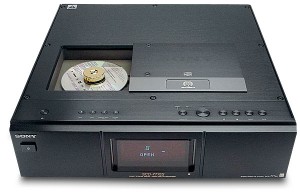 So given all the above, why then has there been a recent resurgence of the format among audiophiles? Well first, there are a lot of audiophiles out there that do own a few SACDs, and I’m sure they want the ability to play them. Fair enough, but the fact is there has already been wide spread DSD playback support for many years by transcoding these files into multi-bit PCM on the fly without any loss of fidelity. Second, there are those audiophiles who will absolutely swear to you that DSD sounds better than PCM no matter what (high-res or otherwise). They typically tout how DSD has a more analog sound to it, using the words “warm” and “tube-like” a lot. Avoid these people. The fact is, studies have shown people can’t really distinguish between the two, and frankly, since DSD’s release there has been far more work done perfecting PCM conversion than DSD. Finally, and most importantly, audiophiles tend to have a habit of equating higher sampling rates to better sound. Confirmation bias sets in and all of a sudden you start reading about how certain audiophiles refuse to listen to Godsmack unless it’s on SACD.
So given all the above, why then has there been a recent resurgence of the format among audiophiles? Well first, there are a lot of audiophiles out there that do own a few SACDs, and I’m sure they want the ability to play them. Fair enough, but the fact is there has already been wide spread DSD playback support for many years by transcoding these files into multi-bit PCM on the fly without any loss of fidelity. Second, there are those audiophiles who will absolutely swear to you that DSD sounds better than PCM no matter what (high-res or otherwise). They typically tout how DSD has a more analog sound to it, using the words “warm” and “tube-like” a lot. Avoid these people. The fact is, studies have shown people can’t really distinguish between the two, and frankly, since DSD’s release there has been far more work done perfecting PCM conversion than DSD. Finally, and most importantly, audiophiles tend to have a habit of equating higher sampling rates to better sound. Confirmation bias sets in and all of a sudden you start reading about how certain audiophiles refuse to listen to Godsmack unless it’s on SACD.
But here is the real kicker when it comes to DSD as a viable format: Remember when you were young and naive and used to waste countless hours arguing with your friends on which video game system was superior – Super Nintendo vs. Genesis, Dreamcast vs. Playstation, etc. Eventually though you grew up, and realized that generally speaking, ultimately it’s the software (hint: the games) not the hardware that makes or breaks a system in the end. 99.9% of all music is released in PCM format. All but a few esoteric labels release music in DSD, and none of it I would consider even remotely brutal [Hope you like smooth jazz! – Dave]. And if you look at the list of metal titles that have actually been released in DSD format, you’ll find that you’re not missing out on much. Finally, Sony, the original champion of the format, has basically abandoned it completely and even admitted at one point it was all a big mistake. The fact is, DSD as a format is dead and we all need to move on.
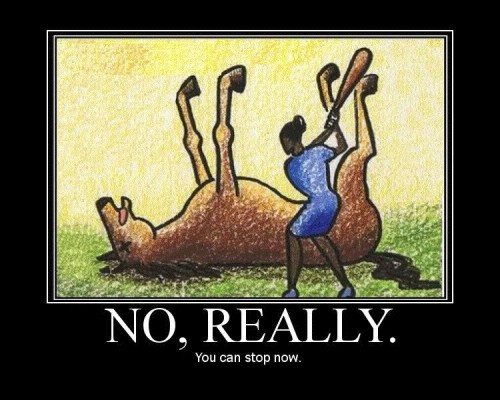
Fear not DSD fanboys and girls! Some of the most popular audiophile grade DACs use delta sigma modulation internally to perform their magic. So even though DSD as a format has gone the way of the dodo bird, the technology behind it is still alive and well. And finally, as my partner in crime always recommends, if you do own a few SACDs, they make great holiday coasters. Happy Holidays!
